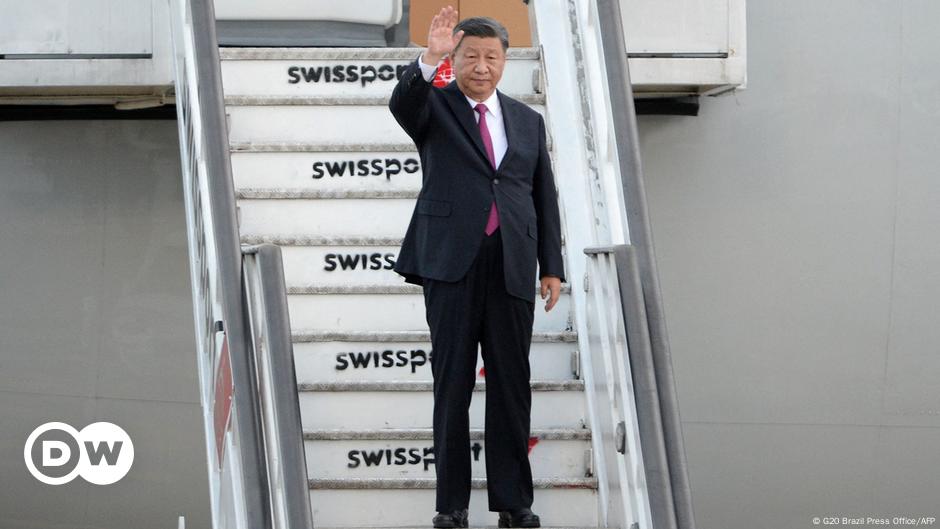Updated
Nov 17, 2024, 08:34 AM
Published
Nov 17, 2024, 08:10 AM
TOKYO - Japanese authorities seeking to reduce the carbon footprint and overcrowding at Mount Fuji will propose a trackless, rubber-tyred tram system made by China's CRRC to transport climbers, a person with direct knowledge of the plan said.
The new proposal, which has not been previously reported, would replace the original plan to build a light-rail system connecting the base to the fifth hiking station of the popular Yoshida Trail to the top after a local city and other parties, voiced concern over its environmental and cost impact.
Yamanashi Prefecture, home of the most popular route used by climbers of the 3,776m volcano, is set to announce the plan soon, the person told Reuters, asking for anonymity because the information is not yet public.
Mount Fuji, which straddles Yamanashi and Shizuoka prefectures, is one of the most popular tourist destinations in Japan, whose numbers have surged in recent years.
Pollution from the constant stream of tourist buses and cars arriving at the fifth station, as well as overcrowding on the trails, have become headaches for authorities seeking to clean up the site, which Japanese people hold sacred.
Mount Fuji was listed as a Unesco World Heritage site in 2013, further boosting its appeal. But the distinction came on the condition that Japan reduce overcrowding, environmental harm from visitors, and fix the artificial landscape, such as the large parking lots constructed to accommodate tourists.
Shanghai-listed CRRC's "Autonomous Rapid Transit" is a new-generation tram that uses magnetic road markings and can be operated unmanned.
Yamanashi prefecture plans to use locally produced hydrogen to power the tram, the source said. The transit system is expected to slash the project's cost by as much as 40 per cent from the roughly 140 billion yen (S$1.22 billion) estimated for the rail system, said the source.
The new plan would allow the prefecture to use the existing Fuji Subaru Line toll road and prohibit the entry of all private vehicles and sightseeing buses, the person said. The prefecture hopes to conduct a pilot run as early as the next fiscal year starting in April.
Yamanashi is also aiming to build a tram network that would extend to local municipalities and connect to a magnetic levitation rail system planned by Central Japan Railway in the 2030s, the person said.
Yamanashi prefecture declined to comment on the plan.
During the summer climbing season from July to September 2024, the mountain hosted 204,316 climbers. Authorities have said they hoped to control the number of visitors through a public transit system. REUTERS

 By The Straits Times | Created at 2024-11-17 01:05:20 | Updated at 2024-11-23 12:05:55
6 days ago
By The Straits Times | Created at 2024-11-17 01:05:20 | Updated at 2024-11-23 12:05:55
6 days ago








